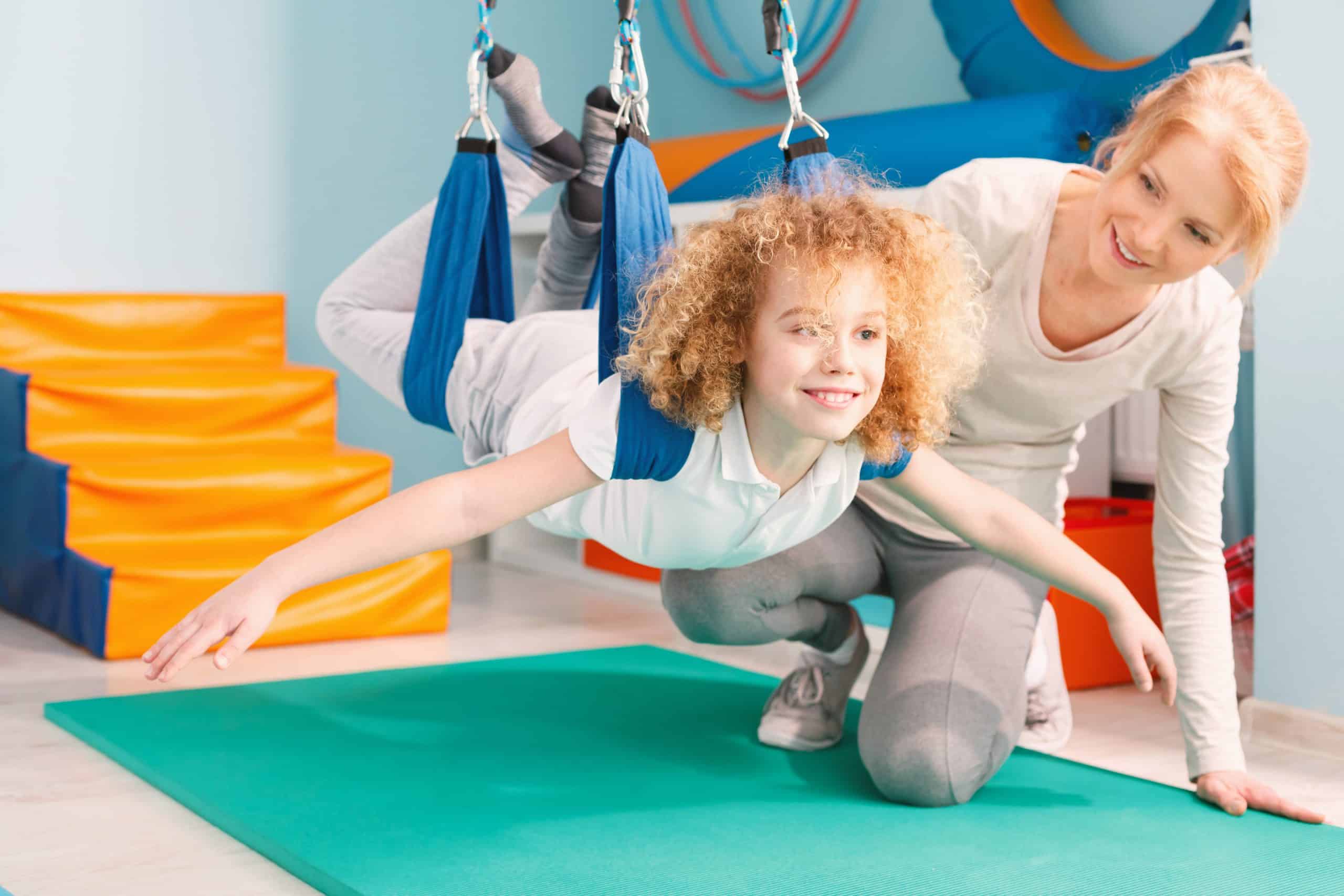How Does Structural Integration Therapy Promote Well-being and Posture?

From sitting for long hours at our desks to carrying heavy bags, our everyday habits often result in poor posture and chronic pain. Research shows a direct link between poor posture and a range of health problems, such as back pain, neck tension, and muscle fatigue. As our bodies strive to adapt to these stresses, we may find our movements restricted and our sense of well-being compromised.
Luckily, an innovative therapy known as Structural Integration, often referred to as ‘Rolfing,’ offers a powerful solution to these challenges. Rolfing takes a holistic approach to body alignment and movement, providing relief from pain and enhancing overall well-being.
Sujet a lire : How Can Incorporating Functional Foods into Diets Improve Longevity?
Understanding Structural Integration or Rolfing
Rolfing is a type of bodywork that focuses on the connective tissues, known as the fascia, that protect and support muscles, organs, and bones. Named after its founder, Dr. Ida Rolf, who developed the method in the mid-20th century, Rolfing aims to realign the body by manipulating the fascia. Dr. Rolf believed that gravity is a significant factor in our health, and when our bodies are not aligned with gravity, it can lead to discomfort, pain, and even mental health issues.
But how does Rolfing work? And how can it help you improve your posture and well-being? Let’s delve into the details.
A lire aussi : What Nutrients Are Essential for Preventing Macular Degeneration in the Elderly?
Rolfing: How It Works
Rolfing involves a series of sessions with a certified practitioner, who uses hands-on manipulation to adjust and realign the connective tissues. The goal is to balance the body so that it can move more easily and efficiently in gravity.
One of the key concepts in Rolfing is the recognition that our bodies are more than just a collection of separate parts. Instead, they are integrated, interconnected systems. If one part of the system is out of balance, it can affect the whole body. That’s why Rolfing doesn’t just focus on the area where you feel pain. Instead, it works on the entire body to improve balance and alignment.
Rolfing sessions typically involve a combination of deep tissue massage and movement education. The therapist will use their hands to apply pressure to the fascia, slowly stretching and repositioning it to help the body return to its natural alignment. Meanwhile, movement education helps clients become more aware of their bodies and their habits, so they can make healthier choices in daily life.
The Benefits of Structural Integration Therapy
A growing body of scholarly research suggests that Rolfing can help with a variety of health issues. For instance, a study published in PubMed found that patients who underwent Rolfing reported significant improvements in pain, mobility, and quality of life. Another study, highlighted by Google Scholar, found that Rolfing can improve posture and balance, critical aspects of overall health and well-being.
Rolfing can be particularly beneficial for people with chronic pain, as it addresses the root causes of pain rather than just treating symptoms. It can also help improve flexibility and range of motion, making it a popular choice for athletes and dancers.
Furthermore, many people who undergo Rolfing report feeling more grounded and balanced, not just physically but also mentally and emotionally. This sense of balance and integration can lead to improved mental health, reduced stress, and a greater sense of well-being.
Is Rolfing Right for You?
While Rolfing can offer substantial benefits, it’s important to remember that it’s not a quick fix. It requires a commitment to the process, which typically involves ten sessions, each focusing on a different area of the body.
Before starting treatment, it’s crucial to consult with a certified Rolfing practitioner who can assess your needs and make sure the therapy is right for you. If you have medical conditions or health concerns, be sure to discuss these with the practitioner.
A quick search on Google can help you find certified Rolfing practitioners in your area. You can also look for reviews and testimonials from previous clients to get a sense of what to expect from the sessions.
Remember, improving your posture and well-being is a journey, not a destination. Rolfing offers a valuable tool to help you on your way to a healthier, more balanced body and mind.
The Lasting Impact of Rolfing Therapy
The impact of Rolfing often extends far beyond the therapy sessions. Many people find that the changes they experience in their bodies lead to a shift in their perception and behavior. They become more aware of their bodies and their habits, which allows them to make healthier choices in their daily lives.
As you start to notice improvements in your posture, you might find yourself sitting and standing taller, moving more fluidly, and feeling more comfortable in your body. You might also notice a reduction in pain and tension, and an increase in energy and vitality.
By aligning the body with gravity, Rolfing provides the foundation for more efficient movement, improved posture, and enhanced well-being. It’s a journey of discovery and transformation, one that can lead to a more balanced, integrated, and vibrant life.
The Science Behind Structural Integration Therapy
The science behind Structural Integration, or Rolfing, is fascinating and compelling. At its core, this therapy is about aligning the body so it can function in harmony with gravity. The concept, though simple, has profound implications for our health and well-being.
The therapy works by addressing the connective tissue, or the fascia, which surrounds and supports all structures in the body. This soft tissue can become stiff, dehydrated, or constricted due to injury, stress, or habitual movement patterns. When this happens, it can lead to a host of issues, from chronic pain to poor posture.
This is where the Rolfing technique comes in. A certified practitioner will manipulate the fascia through a series of hands-on sessions known as the ten series. Each session focuses on a different part of the body, with the goal of releasing restrictions in the fascia and reorganizing the body’s structure in relation to gravity.
In essence, Rolfing is a form of manual therapy. But unlike traditional physical therapy, it doesn’t just focus on achieving short-term relief. Instead, it aims for lasting change by addressing the root causes of the problem.
The Rolfing approach is backed by science. Research from the Rolf Institute and studies indexed by Google Scholar have demonstrated its effectiveness in improving posture, reducing pain, and enhancing mobility. Furthermore, these studies have shown that the benefits of Rolfing can be long-lasting, providing a sustainable solution to chronic discomfort.
Concluding Remarks: Embrace the Journey to Better Well-being
In conclusion, Structural Integration, or Rolfing, provides a holistic and effective approach to improving posture and promoting well-being. By focusing on the fascia—the connective tissue that holds our body together—Rolfing aims to align the body with gravity, leading to a range of benefits from reduced pain to enhanced mobility.
However, it’s important to remember that achieving these benefits requires a commitment. The Rolfing process typically involves a series of ten sessions, each focusing on a different part of the body. But those who embrace this journey often find it to be well worth it, reporting improvements in their physical comfort, movement patterns, and overall quality of life.
It’s also worth noting that Rolfing is not a one-size-fits-all solution. Each person’s body is unique, and what works for one person may not work for another. That’s why it’s crucial to consult with a certified Rolfing practitioner before starting treatment.
In the end, Rolfing is more than just a therapy—it’s a journey towards a more balanced and integrated life. Whether you’re dealing with chronic pain, looking to improve your posture, or simply seeking a greater sense of well-being, Rolfing offers a compelling path forward. Remember, your journey to better well-being is about progress, not perfection. It’s about listening to your body, making small but meaningful changes, and celebrating every step along the way.
